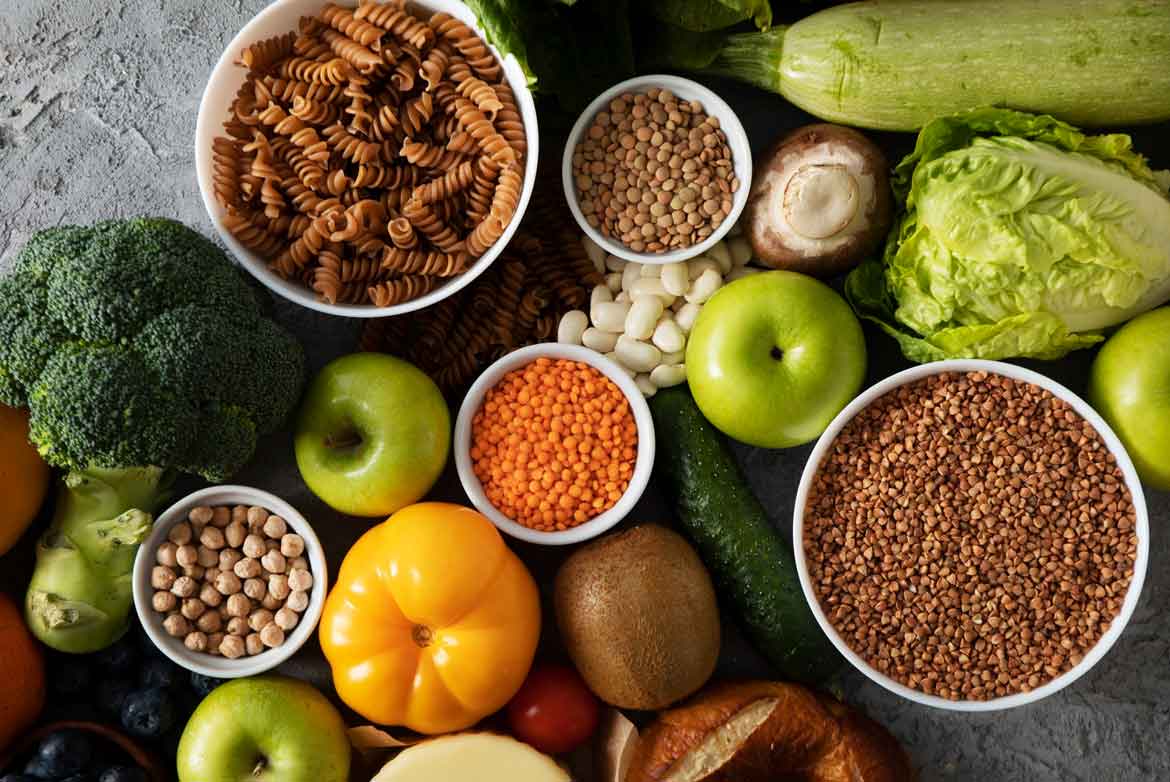Table of Contents
Ready for a simple change that can transform your well-being? It’s time to prioritize high fiber foods! Many of us don’t get enough fiber, leaving benefits like healthy digestion, stable blood sugar, and easier weight management on the table. This guide is your one-stop-shop to understand fiber, discover tasty choices, and get simple tips to effortlessly boost your intake.
The Tasty World of High Fiber Foods
Let’s make mealtimes exciting! Get ready to explore delicious and diverse ways to pack more fiber into your diet. We’ll cover:
- Fantastic Fruits: From pears to berries, the sweet side of fiber.
- Veggie Wonders: Discover both everyday favorites and the ones you might tend to overlook.
- Mighty Legumes: Beans, lentils, and their flavorful potential!
- Whole Grains for the Win: Swap out refined grains for healthier and more flavorful choices.
- Super Seeds & Nuts: Tiny but oh so powerful. Think chia seeds, almonds, and more!
Fiber: Your Body’s Unsung Hero
Ever wonder what happens to the parts of fruits, veggies, and grains our body can’t digest? They become fiber – and it’s more powerful than you think! Fiber keeps digestion humming smoothly, helps control blood sugar spikes, may benefit heart health, and can support weight management goals. Aim for 25-35 grams of high fiber foods per day to reap those rewards.
Simple Strategies for Sneaking Fiber In
Small changes make a big difference! From a fiber-rich breakfast to healthy swaps at dinner, we’ll dive into easy ways to effortlessly work high fiber foods into your daily routine.
Ready to Unlock a Healthier You?
Get excited! Fiber isn’t just about regularity. It’s about feeling your best and empowering your body with this vital nutrient. Let’s start your high fiber journey today!
Fruits
Pears
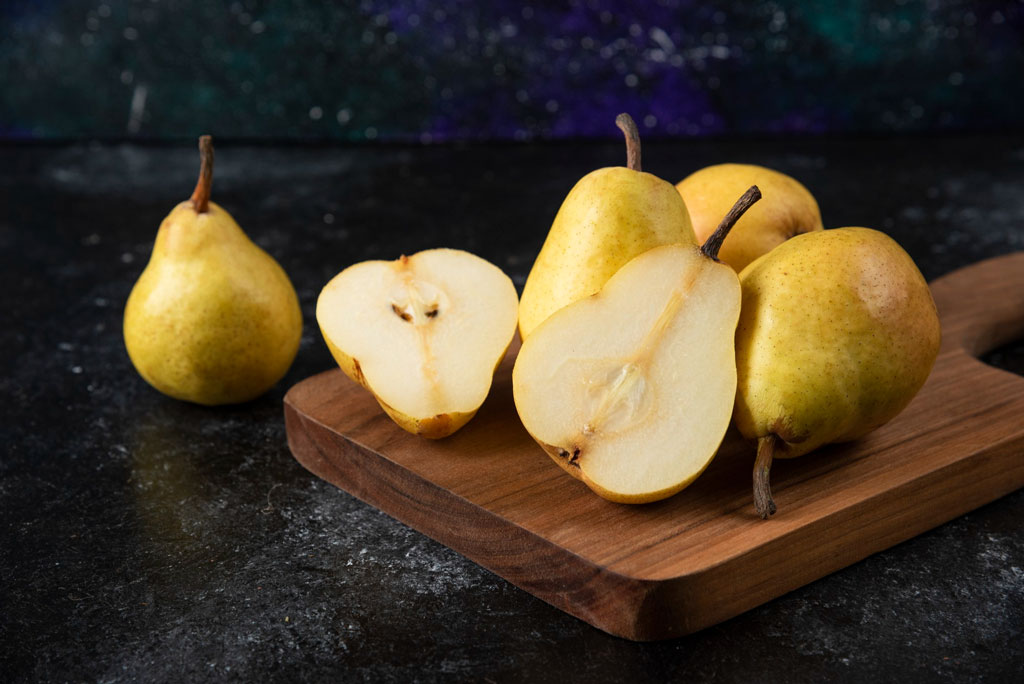
(3.1 grams per medium pear): Sweet, juicy, and an excellent source of both soluble and insoluble fiber. Sweet and Satisfying: Why Pears are a Delicious Source of Fiber
Pears, with their delicate sweetness and juicy texture, aren’t just a tasty treat – they’re also a smart choice for boosting your fiber intake. Discover the benefits of enjoying pears and learn why they deserve a place in your high fiber foods rotation.
- Packed with Fiber: Just one medium pear boasts an impressive amount of fiber, supporting healthy digestion and keeping you feeling full longer.
- Beyond Fiber: Pears also deliver vital nutrients like vitamin C and potassium.
- Delicious and Versatile: Enjoy pears as a snack, sliced over salads, or even poached for a healthy dessert.
Strawberries
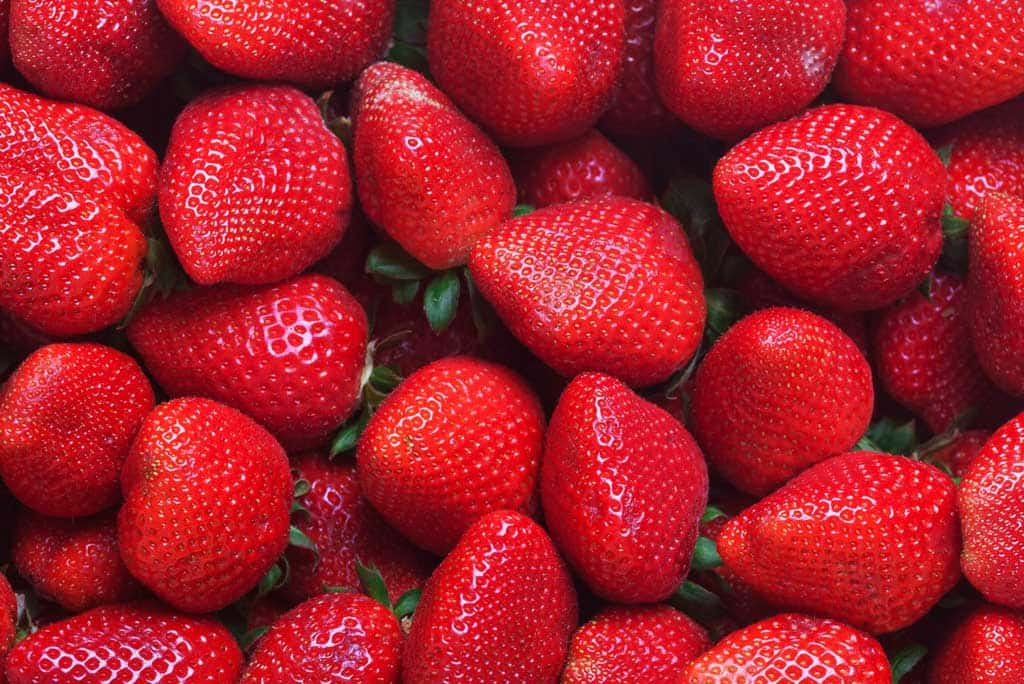
(2 grams per cup): These tasty berries also offer vitamin C and antioxidants. Strawberries: The Heart-Healthy and Fiber-Filled Superfood
Bursting with juicy sweetness, strawberries are a summertime favorite. But these vibrant berries offer more than meets the eye! Let’s dive into their fiber content and how they contribute to a healthy diet.
- The Fiber Factor: Don’t underestimate the fiber found in a cup of strawberries – it significantly contributes to your daily goals as part of a balanced diet with diverse high fiber foods.
- Heart Healthy: Strawberries pack antioxidants and fiber, both beneficial for protecting heart health.
- Endless Enjoyment: Strawberries are so versatile! Enjoy them fresh, in smoothies, on top of yogurt, or in sweet or savory salads.
Avocado
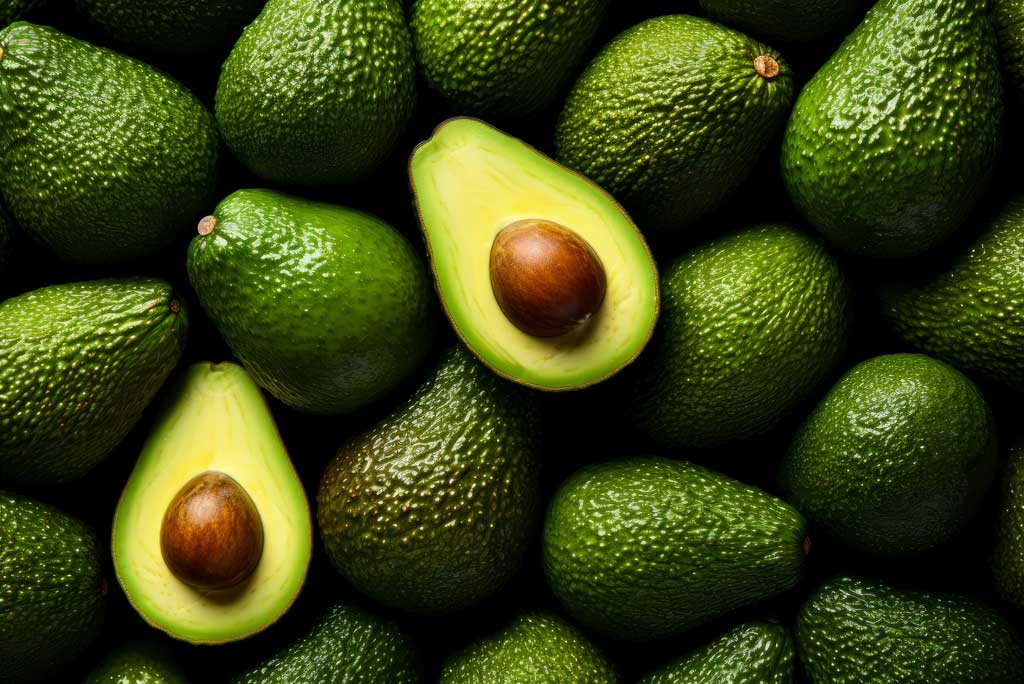
(6.7 grams per half): Avocados are packed with healthy fats and fiber, making them a satisfying and nutritious addition to your meals. Avocados: More Than Creamy Goodness, A Fiber Powerhouse Too
Avocados have rightfully gained popularity for their smooth texture and healthy fats. But did you know that they’re also a secret source of fiber? Their contribution to a fiber-rich, healthy diet should not be underestimated.
- Fiber Surprise: Half an avocado delivers a generous amount of fiber, significantly boosting your daily fiber goals alongside other high fiber foods.
- Beyond Just Fiber: Avocados are packed with nutrients like potassium, vitamin K, and healthy fats.
- Mealtime Multitasker: Enjoy avocado in smoothies, guacamole, salads, or even as a tasty toast topper.
Apples
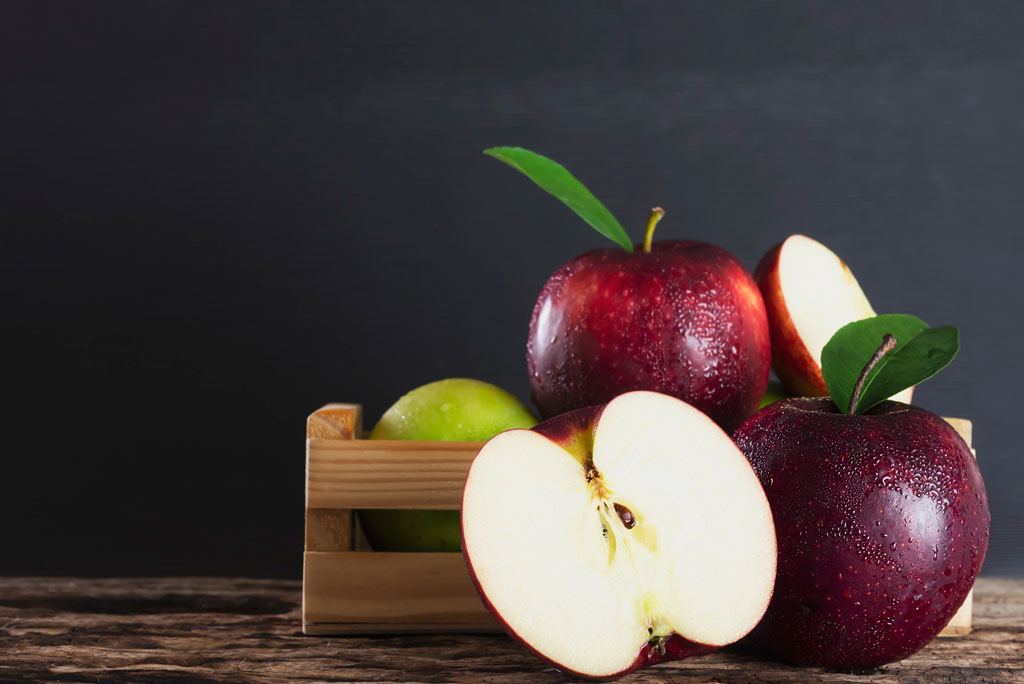
(2.4 grams per medium apple): A convenient, sweet snack that delivers a satisfying fiber boost. Eat the skin for the most benefits! An Apple a Day: The Classic High Fiber Snack
The traditional saying holds true! Apples are an easy and delicious way to sneak extra fiber into your diet. Learn why keeping apples on hand truly is a wise health choice.
- Eat the Skin: Much of an apple’s fiber lies in its skin, so enjoy the whole fruit for maximum benefits.
- Portable and Convenient: Apples are a classic healthy snack, perfect on the go. Slice one up for a satisfying energy and fiber boost between meals.
- The Fiber Factor: When included in a varied diet with other high fiber foods, apples provide important prebiotic fiber which assists good gut bacteria.
Raspberries
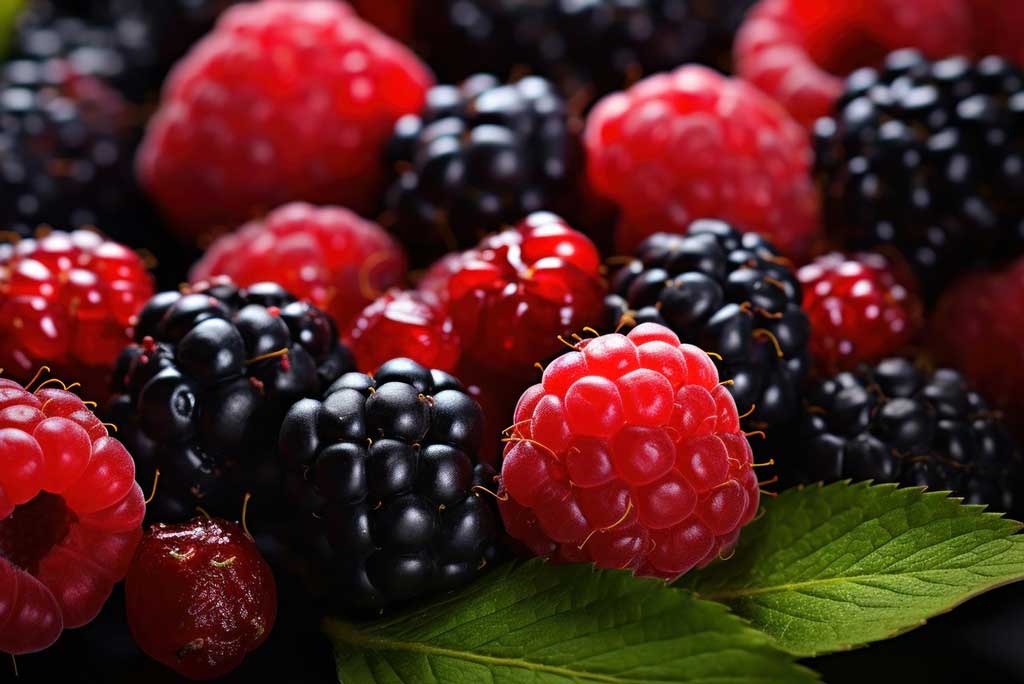
(6.5 grams per cup): Low in sugar and brimming with fiber, vitamins, and antioxidants. Raspberries: The Tiny But Mighty Fiber-Packed Berry
Don’t be fooled by their size – raspberries offer a powerhouse of nutrients, including a surprising amount of fiber.
- A Sweet Source of Fiber: Enjoying a cup of raspberries adds a hefty dose of fiber to your day, essential for keeping digestion on track when combined with other high fiber foods.
- Beyond Fiber: Raspberries are a source of antioxidants and vitamin C.
- Simple Enjoyment: Raspberries are delicious fresh, mixed into yogurt, or added to baked goods.
Bananas
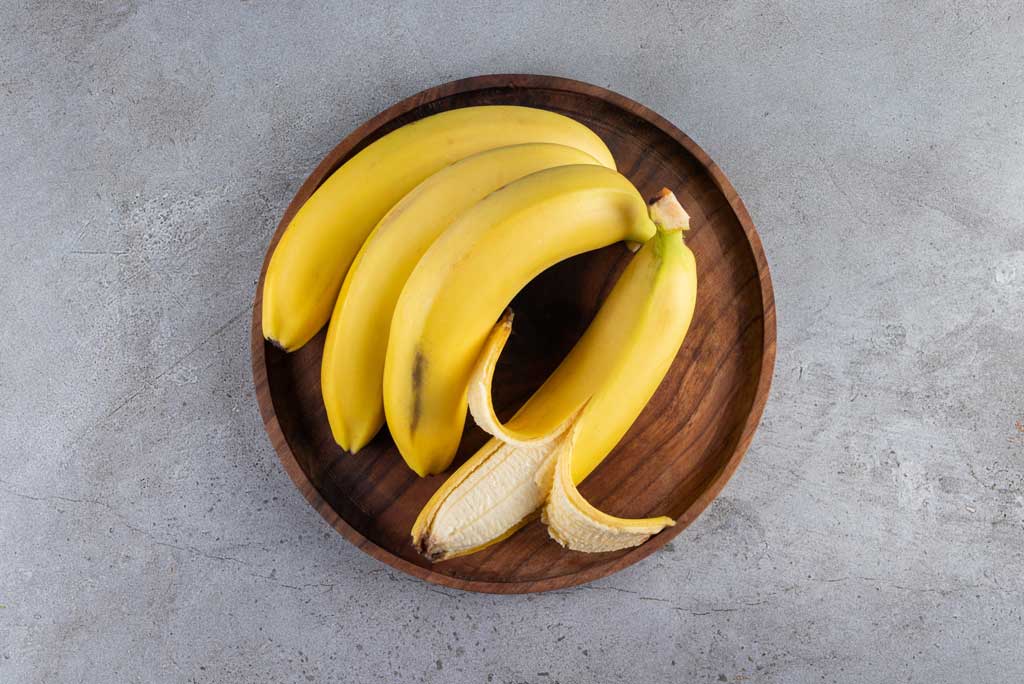
(2.6 grams per medium banana): Not only high in fiber but also potassium – great fuel before or after a workout. Bananas: The Portable and Packed-With-Fiber Everyday Superfood.
Bananas and Fiber: A Perfect Pairing
Fiber Content: One medium banana packs a significant fiber punch, making them a delicious way to naturally support digestion.
The Type Matters: Green bananas contain even more resistant starch, a form of fiber particularly beneficial for gut health.
Part of a Bigger Picture: Include bananas as part of a balanced diet incorporating various high fiber foods for maximum benefits.
Beyond Just Fiber: Bananas Shine in Other Ways Too
Don’t let the simplicity of bananas fool you. Make them one of your go-to high fiber foods and enjoy the boost in energy, digestion, and overall well-being they can provide. From healthy snacks to creative recipes, this fruit truly stands out in its own sweet way.
Vegetables
Broccoli
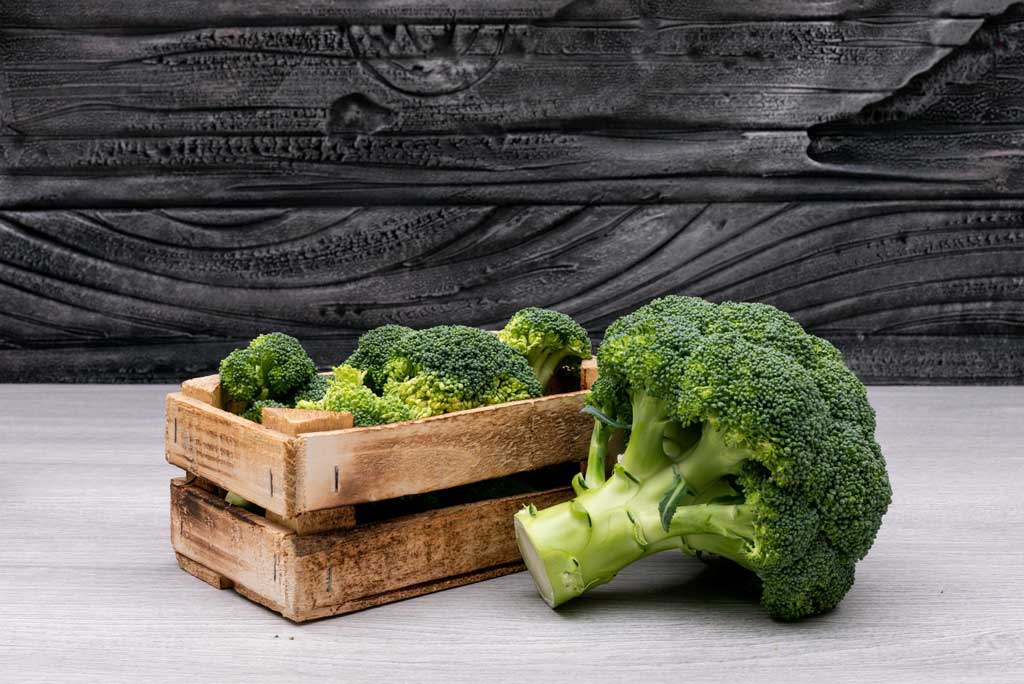
(2.6 grams per cup): This cruciferous veggie supports overall health in addition to its fiber content. Beyond the Basics: Upgrade Your Meals with Broccoli, the Fiber Powerhouse
Broccoli deserves more credit than the boring-side-dish reputation it sometimes gets! Let’s discover its fiber content, delicious uses, and reasons to make it a dietary staple.
- The Fiber Factor: Include a mention of broccoli’s substantial fiber content and its key role in promoting healthy digestion.
- Versatility is Key: Emphasize roasting, stir-fries, soups, or raw broccoli florets with dip. Broccoli fits every eating style and meal!
- Don’t Forget the Nutrients: Mention vitamins and antioxidants found in broccoli alongside its valuable fiber.
Brussels sprouts
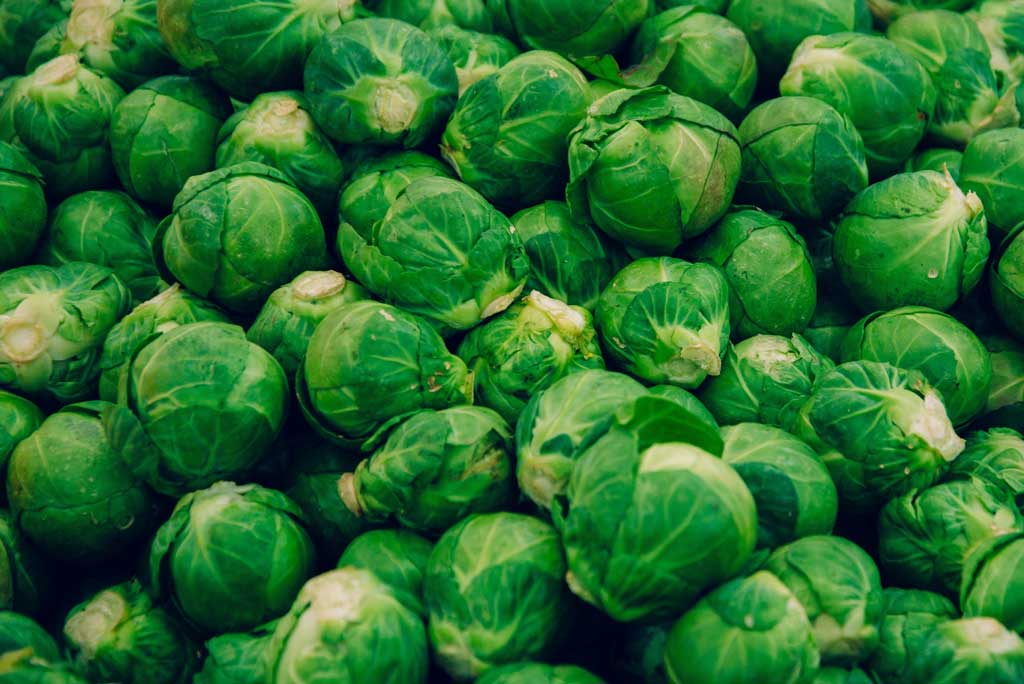
(3.8 grams per cup): Often roasted for extra flavor, they are full of vitamins and fiber. Small but Mighty: The Surprising Benefits of Brussels Sprouts
Don’t shy away from Brussels sprouts! Uncover their high fiber content, learn delicious ways to cook them, and understand why they deserve a place at your table.
- Fiber Filled: Spotlight how Brussels sprouts offer a surprising boost to your daily fiber intake.
- Forget the Past: Focus on roasting and seasoning (garlic, balsamic glaze) to transform them into delightful flavor wonders.
- Healthy Choice: Remind readers of Brussels sprouts’ nutrients alongside all that great fiber.
Carrots
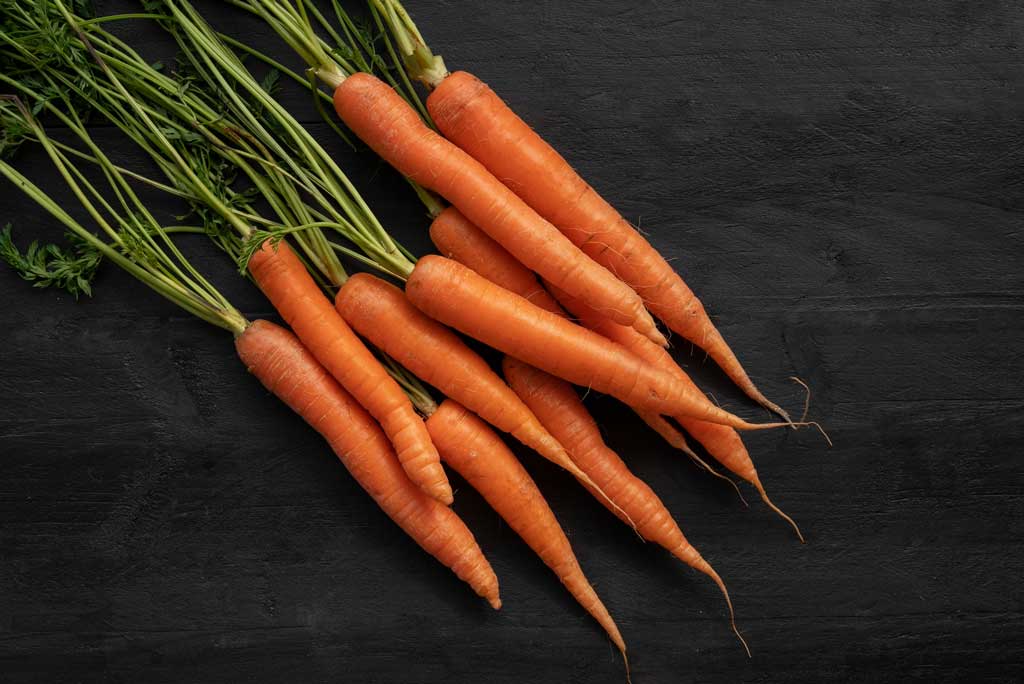
(2.8 grams per cup): A staple snack or side dish loaded with beta-carotene and fiber. Carrots: Not Just for Rabbits! This Classic Veggie Offers Fiber and Much More
This common veggie’s value often goes overlooked. Show that carrots offer delicious possibilities and make a satisfying, accessible high-fiber food.
- The Fiber Factor: Mention the surprising fiber content in carrots and highlight their accessibility and affordability.
- Crunchy Snacks & More: Emphasize raw carrot sticks and dips, but also highlight options like roasted carrots or adding them to soups and stews.
- Sweet Perks: Mention carrots’ natural sweetness alongside their fiber, reminding readers they can be healthy and tasty.
Beets
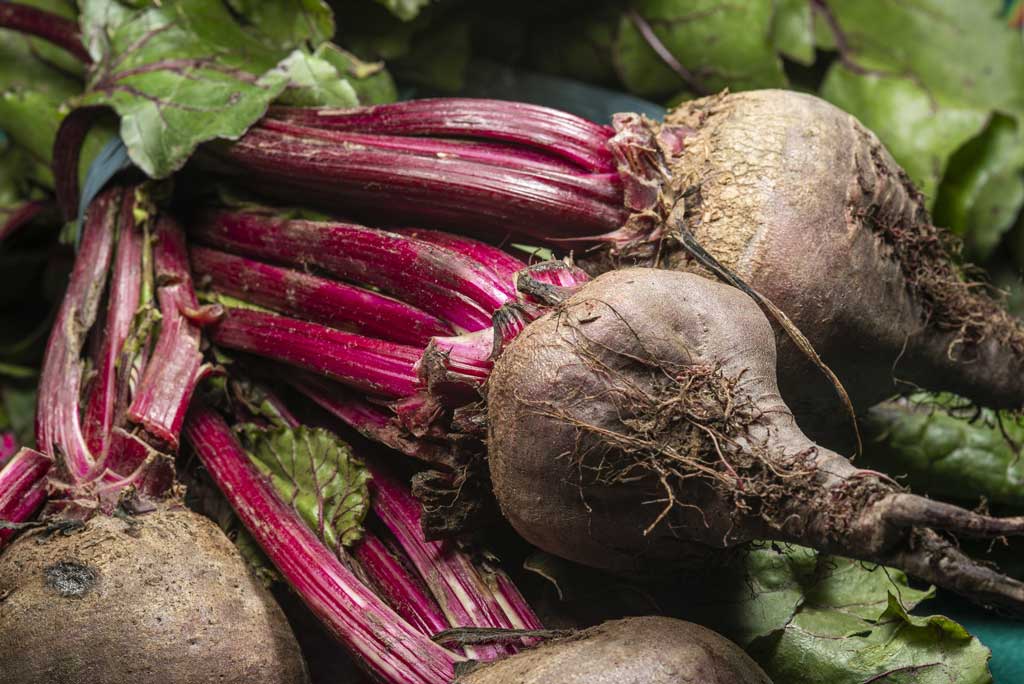
(3.4 grams per cup): The vibrant color is a reminder of beets’ powerful nutrients and fiber content. The Bold Beauty of Beets: Delicious Flavor and Top-Tier Fiber
Don’t be intimidated by beets! Explore their unique flavor, impressive fiber content, and ways to enjoy them for enhanced health.
- Fiber Forward: A key focus – show that beets pack a healthy dose of fiber into each vibrant serving.
- Get Creative: Focus on roasting, salads, and blending into juice or dips as different approaches to beet preparation.
- Sweet and Earthy: Highlight the unique flavor profile that makes beets stand out alongside their high fiber content.
Sweet Potato
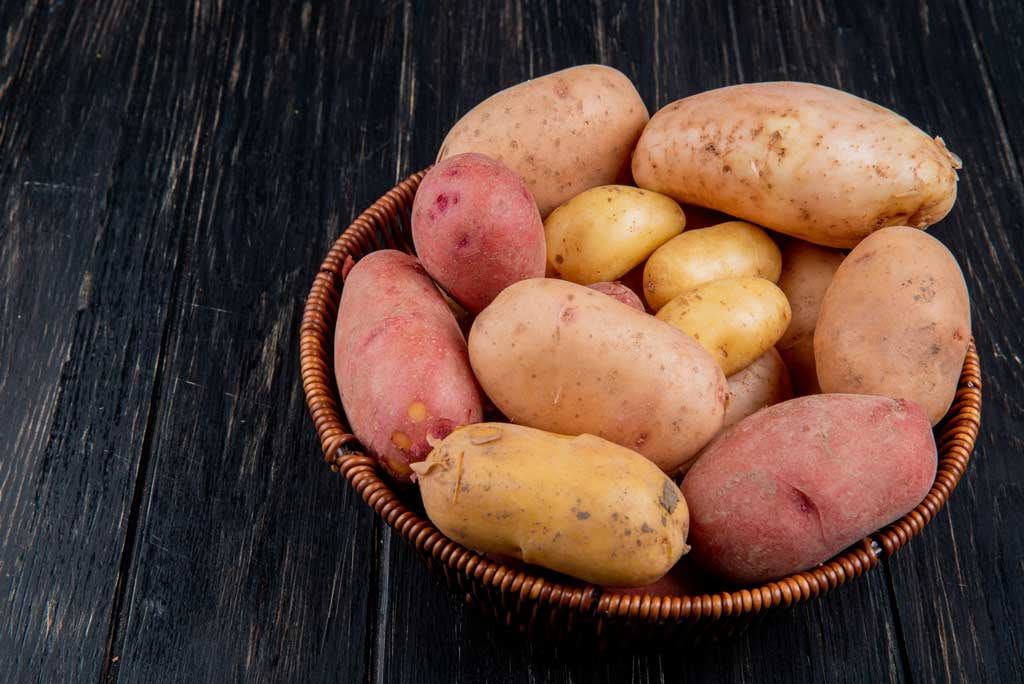
(4 grams per medium potato): An excellent source of vitamin A and a significant helping of fiber. Sweet and Satisfying: Why Sweet Potatoes Earn a Top Spot Among High Fiber Foods
Break down misconceptions about sweet potatoes by showing their fiber content alongside their numerous uses and health benefits.
- Fiber Surprise: Mention their less obvious but potent fiber content.
- Beyond Sweet Treats: Discuss baking, roasting, mashing, or fries to break the misconception that they’re solely for desserts.
- Nutrient Packed: Remind readers they get fiber and other vital nutrients.
Legumes
Lentils
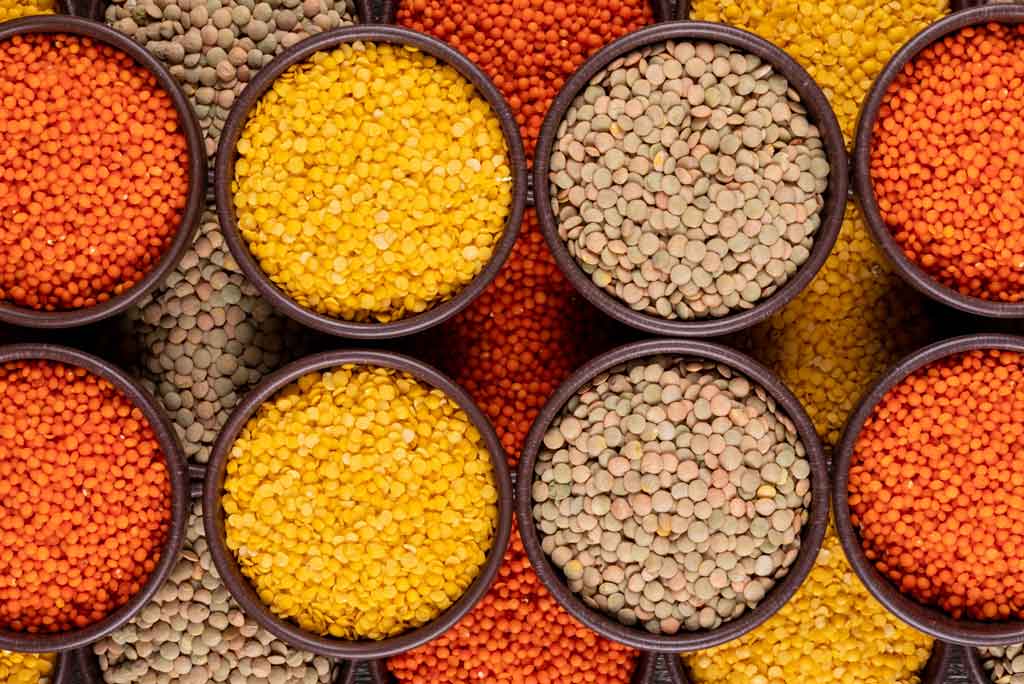
(15.6 grams per cup): Lentils provide significant amounts of protein and fiber – try them in soups and stews. Lentils: Tiny but Mighty Protein and Fiber Superstars
Lentils may be small, but they offer immense benefits. Explore their fiber content, impressive versatility, and why they shouldn’t be forgotten when boosting your health.
- The Fiber Factor: Focus on their high fiber content, aiding digestion and promoting a healthy gut.
- Variety and Versatility: Break down types (brown, green, red) and how they work in soups, stews, salads, or vegetarian main dishes.
- Plant-Based Goodness: Emphasize lentils as a fantastic plant-based source of protein and fiber for a fulfilling, health-conscious addition to meals.
Black beans
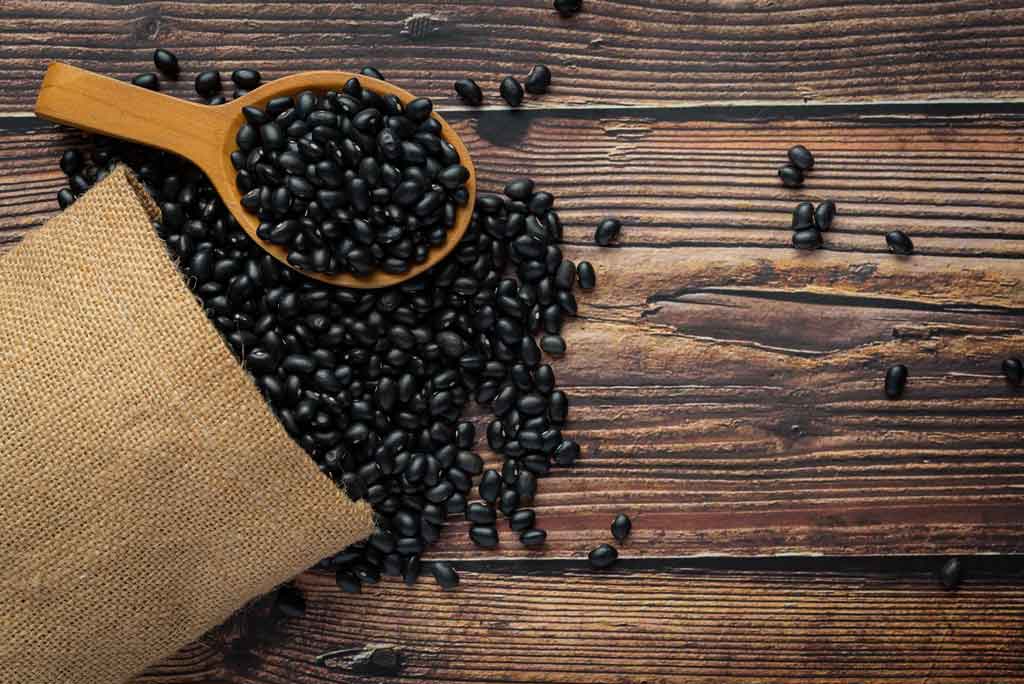
(15 grams per cup): Great in burritos, soups, or served simply as a side. This source of fiber and protein keeps you feeling full. Black Beans: Flavor, Fiber, and Endless Delicious Possibilities
These culinary staples shine from a flavor and health perspective. Highlight their potential role in boosting your intake of high fiber foods while adding new dishes to your menu.
- The Fiber Heroes: Spotlight black beans as a top source of fiber and its significance in promoting healthy digestion.
- Mexican and Beyond: Discuss their popular use in Mexican cuisine (soups, tacos, etc.) but don’t stop there: brownies, dips, and salads all have potential!
- Budget-Friendly Staple: Mention their affordability and accessibility, making them a smart choice for high fiber foods enthusiasts on a budget.
Split peas
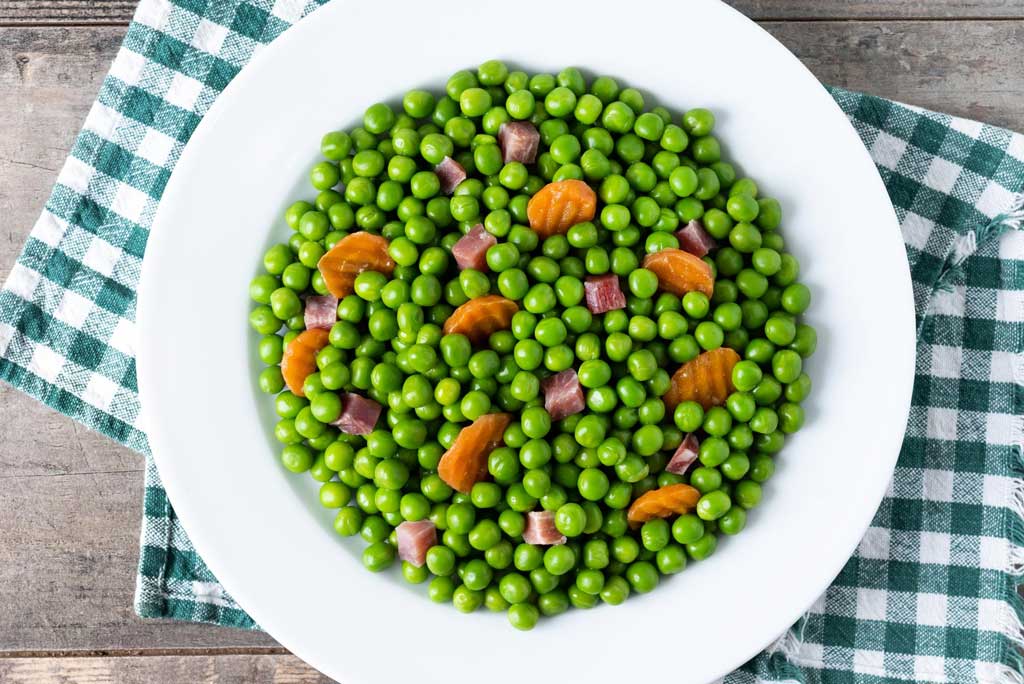
(16.3 grams per cup): A cost-effective source of protein and fiber, essential for hearty soups. Split Peas: The Unsung Hero of Hearty Soups and High Fiber Foods
Split peas aren’t just for classic split pea soup! Uncover their fiber, culinary uses, and why they deserve another look for health-focused eaters.
- Fiber Rich: Underscore split peas’ exceptional fiber content and its potential impact on gut health and regularity.
- Thick & Flavorful: Highlight their role in creating thick, satisfying soups and stews with minimal preparation required.
- Global Star: Explore how split peas appear in many global cuisines, providing inspiration beyond American-style classics.
Chickpeas
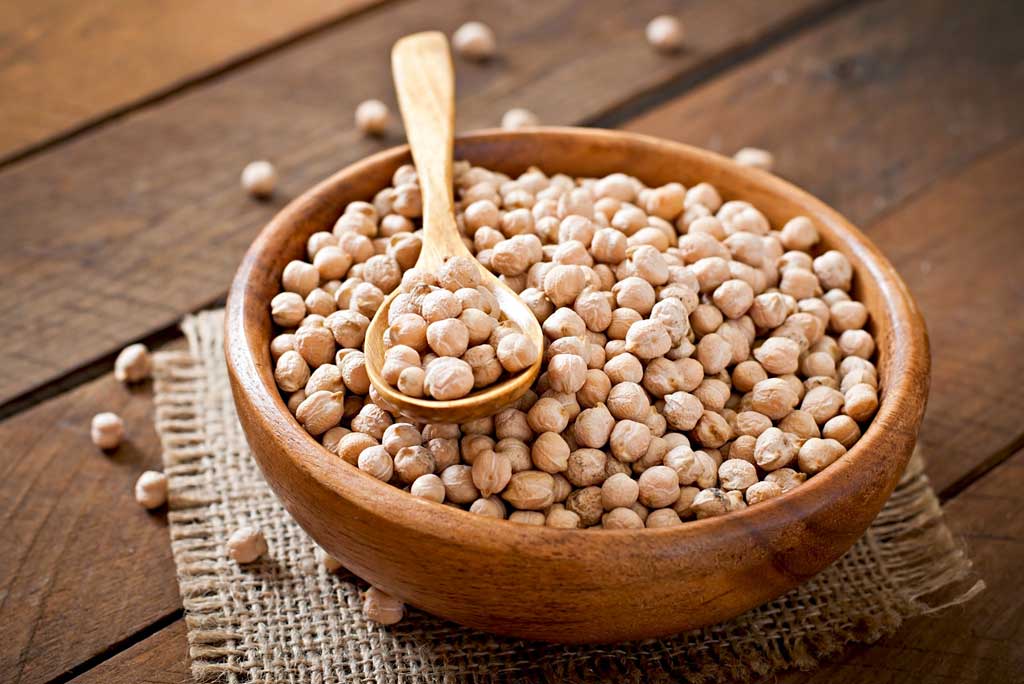
(12.5 grams per cup): Enjoy them roasted as a snack, mixed into salads, or blended into hummus. Chickpeas: Humble Legume, Extraordinary Benefits – Get Your Fiber Fix!
Showcase the many uses and health advantages of chickpeas, emphasizing their significant fiber content as part of a well-rounded diet.
- Fiber Filled: Show that chickpeas pack a punch in the high fiber foods category, promoting satiety and digestion.
- Beyond Hummus: Discuss options like crispy roasted chickpeas, salad toppers, or curries as a way to go beyond traditional dips.
- Heart Health Star: Mention that chickpeas contain fiber types which are linked to healthier cholesterol levels.
Grains
Oats
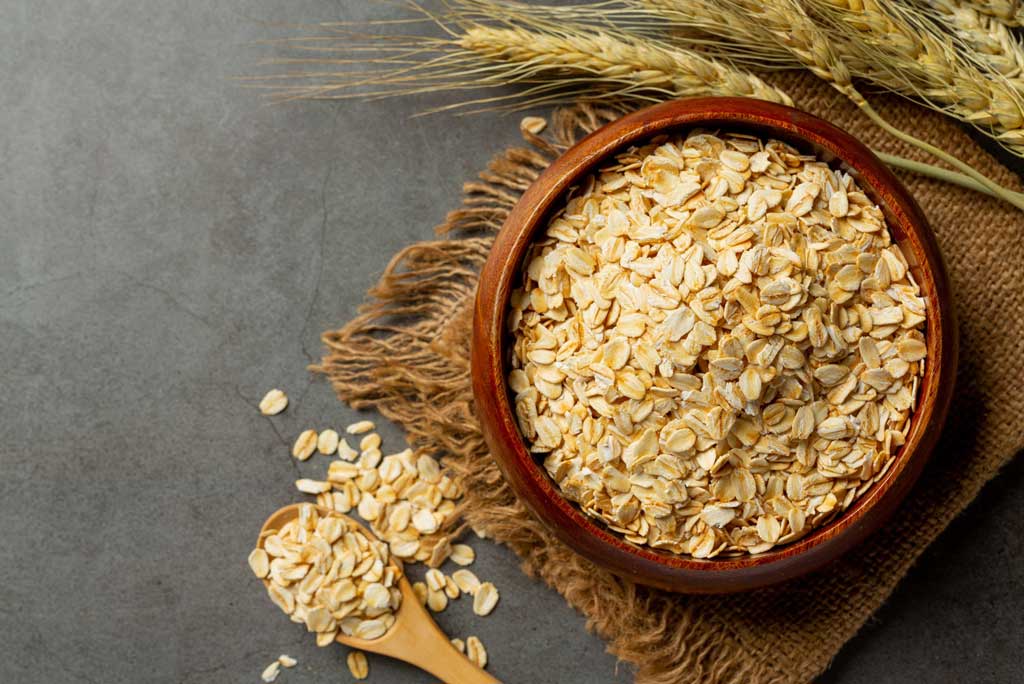
(10.1 grams per cup): Choose plain rolled oats or steel-cut oats for the highest fiber content. Top with berries and nuts for a delicious breakfast. Start Your Day the Right Way: Why Oats are a Breakfast and Fiber Powerhouse
Oats often top breakfast lists, but with good reason. Highlight their fiber benefits, versatility, and how they go beyond oatmeal for maximizing health.
- The Fiber Factor: Stress oats’ fiber content, promoting smooth digestion and regularity.
- Breakfast and Beyond: Focus on oatmeal or overnight oats, then suggest muffins, baked goods, or smoothies as creative uses.
- Varieties Matter: Introduce steel-cut or rolled oats, mentioning their slightly differing tastes and textures.
Popcorn

(14.5 grams per 3 cups popped): Air-popped popcorn makes a light and surprisingly high-fiber snack. Season with your favorite herbs and spices. The Snacking Surprise: Popcorn, Your Unexpected High Fiber Food Craving Fix
Break the perception of popcorn as unhealthy junk food! This article focuses on its surprisingly beneficial fiber content.
- Fiber Filled: Introduce air-popped popcorn as a healthy snacking option and a decent source of fiber.
- Beyond Butter: Showcase fun flavor additions like herbs, spices, or a light dusting of nutritional yeast.
- Portion Power: Mention that choosing air-popped popcorn allows for a larger volume snack, contributing to fullness due to its fiber content.
Brown rice
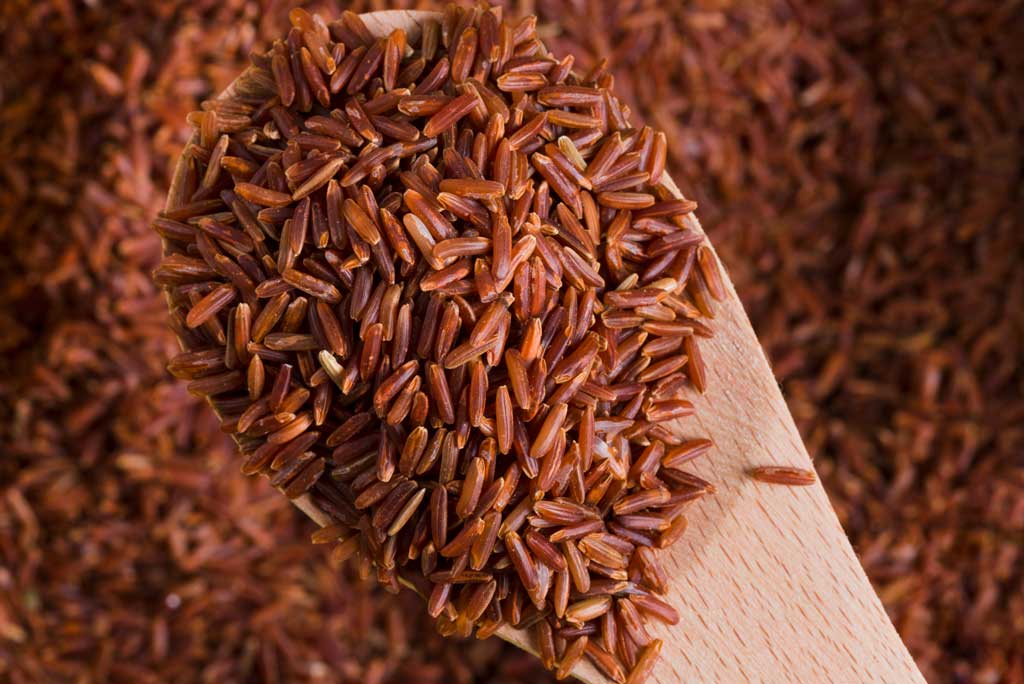
(3.5 grams per cup) A satisfying side dish with more fiber than white rice. Brown Rice: More Than Just a Side Dish, A Fiber-Filled Meal Staple
Challenge the idea that rice is merely a blank canvas. Dive into its fiber punch and its diverse uses as part of balanced meals.
- Brown vs. White: Discuss why choosing brown rice offers significantly more fiber and greater nutritional value.
- Mealtime Versatility: Showcase stir-fries, bowls, soups, and casseroles, with brown rice taking a central role.
- Global Delight: Give brief examples of cuisines where brown rice stars, showing its culinary range.
Quinoa
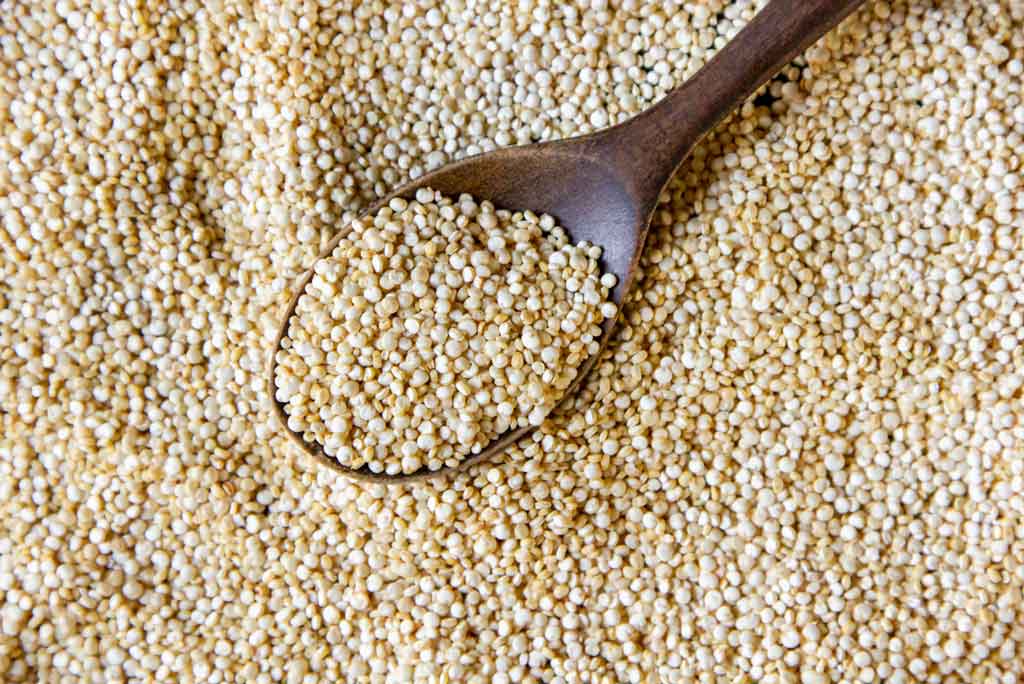
(5 grams per cup): A complete protein with a nice dose of fiber and a pleasant, nutty flavor. Quinoa: The Ancient Grain with Big Flavor and High Fiber Perks
Present quinoa as both trendy and incredibly beneficial. Explore its impressive fiber content alongside delicious possibilities.
- Complete Protein Power: Briefly touch on the fact that quinoa provides all essential amino acids, making it a favorite for both its fiber and protein content.
- Breakfast to Dinner: Explore options like quinoa porridge, salads, veggie burgers, or simple grain bowls offering endless creativity.
- Gluten-Free Goodness: Emphasize its value as a gluten-free choice and a nutritious source of those all-important high fiber foods.
Nuts and Seeds
Chia seeds
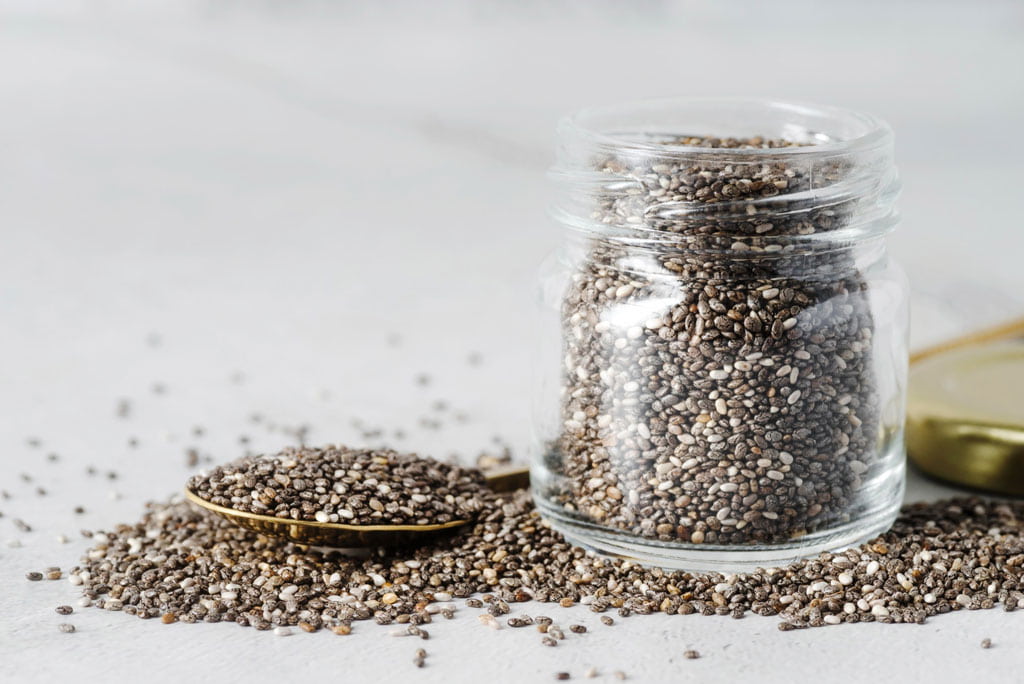
(34.4 grams per cup): Add these tiny seeds to smoothies, yogurt, and overnight oats for an extra fiber boost. Tiny But Mighty: Unlock the Fiber Power of Chia Seeds
Chia seeds often get lauded for their healthy fats, but don’t underestimate their incredible fiber content. Let’s dive into their numerous benefits.
- Fiber Explosion: Focus heavily on the sheer amount of fiber packed into a small serving of chia seeds.
- Pudding & Beyond: Go beyond basic chia pudding – smoothies, yogurt toppers, overnight oats…they boost nutrition everywhere.
- Staying Hydrated: Address chia seeds’ ability to absorb fluid, aiding in healthy digestion alongside providing valuable fiber.
Almonds
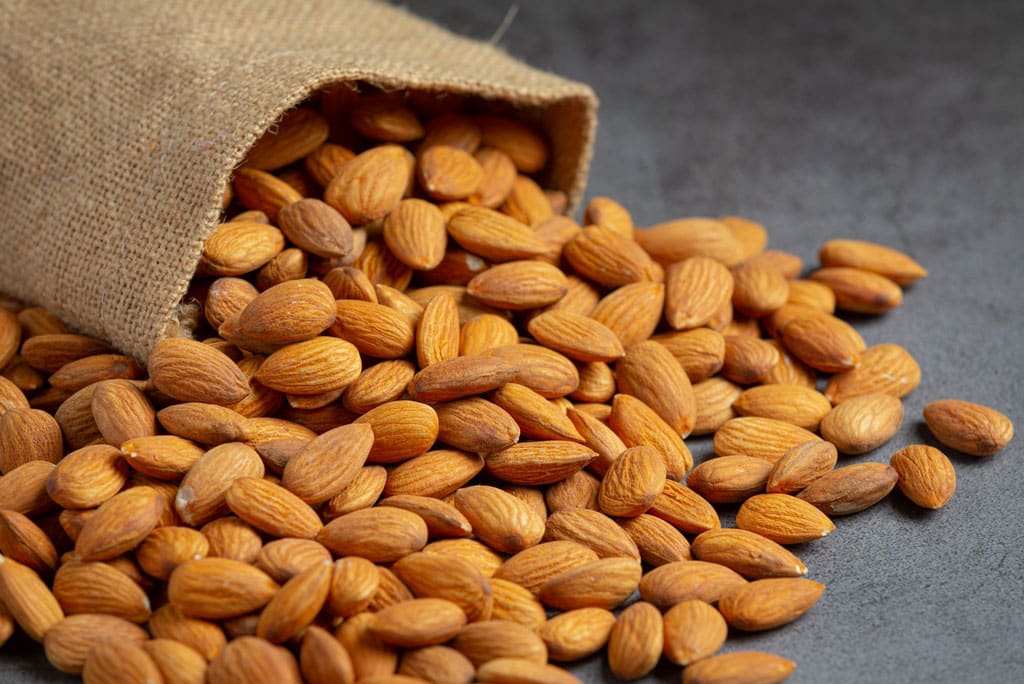
(13.3 grams per cup): Packed with protein, healthy fats and fiber, almonds are a satisfying on-the-go snack. Almonds: Snack Attack! Why a Handful Is a Smart High Fiber Choice
Almonds reign supreme as a satisfying, healthy snack. Unpack their impressive fiber contribution alongside other perks.
- Not Just Fiber: Spotlight its protein, healthy fats, and nutrients along with the fiber factor.
- On-the-Go: Showcase portability – perfect to toss in a bag for a satisfying energy and fiber fix between meals.
- Variety of Forms: From raw almonds to almond butter or almond milk, there’s an option for everyone.
Flaxseeds
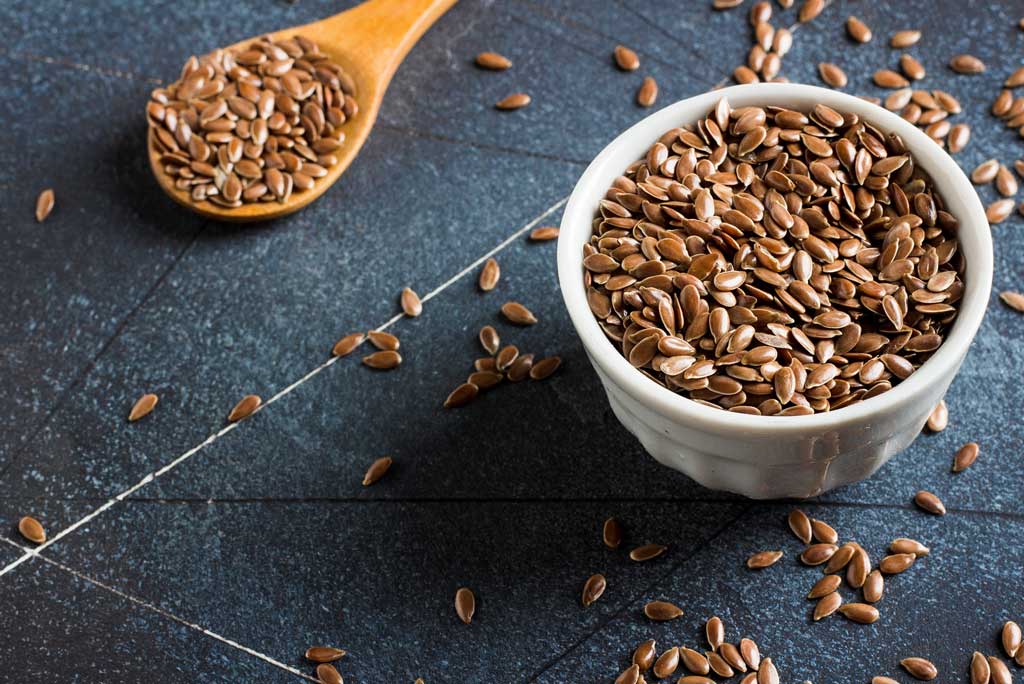
(27.3 grams per cup): Their neutral flavor makes them easy to add to smoothies, cereals, and baked goods. Flaxseeds: Don’t Overlook This Little Seed’s Big Fiber Benefits
Flaxseeds have a powerful nutritional punch despite their minuscule size! Highlight the ease with which they boost your fiber intake.
- Fiber Forms: Mention both soluble and insoluble fiber and how both types promote good health.
- Easy Add-In: Discuss the ease of sprinkling flaxseeds onto salads, yogurt, or mixing them into baked goods.
- Neutral Flavor: Point out their subtle nutty taste– they are practically invisible in many dishes while providing valuable fiber.
Other
Dark chocolate

(70% cocoa or higher): In moderation, dark chocolate is a decent source of fiber and a healthier way to satisfy a sweet tooth. The Sweet Surprise: Dark Chocolate as a Source of Fiber (in Moderation!)
Position dark chocolate as a surprisingly delicious treat that actually contributes to high fiber choices while emphasizing moderation is key.
- Choosing Wisely: Dark chocolate (70% cacao or higher) offers some fiber compared to less healthy chocolate options.
- Portion Matters: Suggest small squares as a satisfying, slightly indulgent way to sneak in a bit of fiber.
- Focus on Whole Foods: Reinforce that healthy, high fiber food choices are still the priority, but that chocolate can have a place.
Important Reminder: Increase your fiber intake gradually and stay well-hydrated to avoid side effects like bloating.
Frequently Asked Questions
High Fiber Foods: Your Ticket to Better Health and Delicious Meals
Think “high fiber foods” are synonymous with boring or unpleasant eating? Think again! With a few creative strategies, you can reap the benefits of a fiber-filled diet while thoroughly enjoying every bite. From better digestion to improved heart health, high fiber foods pack a serious nutritional punch.
How Can I İncrease My Fibre İntake?
Making High Fiber Foods the Cornerstone of Your Diet
To make the most of high fiber foods, start viewing them as the centerpiece of your plate. Instead of a meat-heavy lunch, try a vibrant lentil salad packed with colorful roasted vegetables. Love that lunchtime sandwich? Upgrade to a hearty whole-grain bread stuffed with fresh, nourishing ingredients. You’ll find these swaps surprisingly satisfying and leave you feeling energized instead of weighed down.
What Are High Fibre Breakfast Foods?
Kickstart Your Day with High Fiber Foods
Don’t let your mornings fall victim to sugary cereals that deliver nothing but a quick crash. Swap these for high fiber foods like satisfyingly warm oatmeal topped with seasonal berries, a wholesome bran muffin chock full of nuts, or whole-grain toast with a delicious spread of nut butter. Even your favorite smoothie can become a fiber powerhouse – just toss in a handful of leafy greens or a spoonful of chia seeds.
Are Bananas High İn Fibre?
High Fiber Fruits: Beyond the Usual Suspects
While bananas offer a decent fiber boost, there’s a whole world of fiber-rich fruits waiting to be explored! If you’re on a mission to maximize your fiber intake, reach for sweet and tangy berries like raspberries and blackberries. Apples and pears (especially if you keep the skin on) are other delightful and fibrous treats to keep on hand.
Let’s Make High Fiber Foods Your Favorite Foods!
Are you ready to unlock even more amazing ways to easily incorporate high fiber foods into your life? Let’s chat about those meals you love and find tasty ways to make them high-fiber masterpieces!

